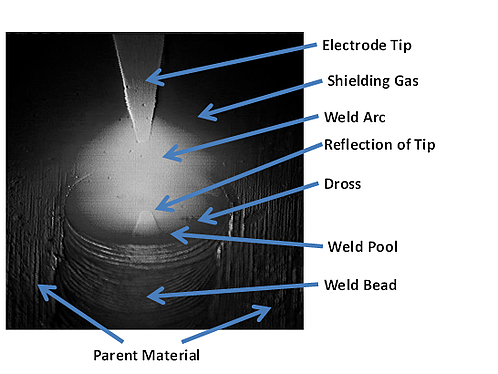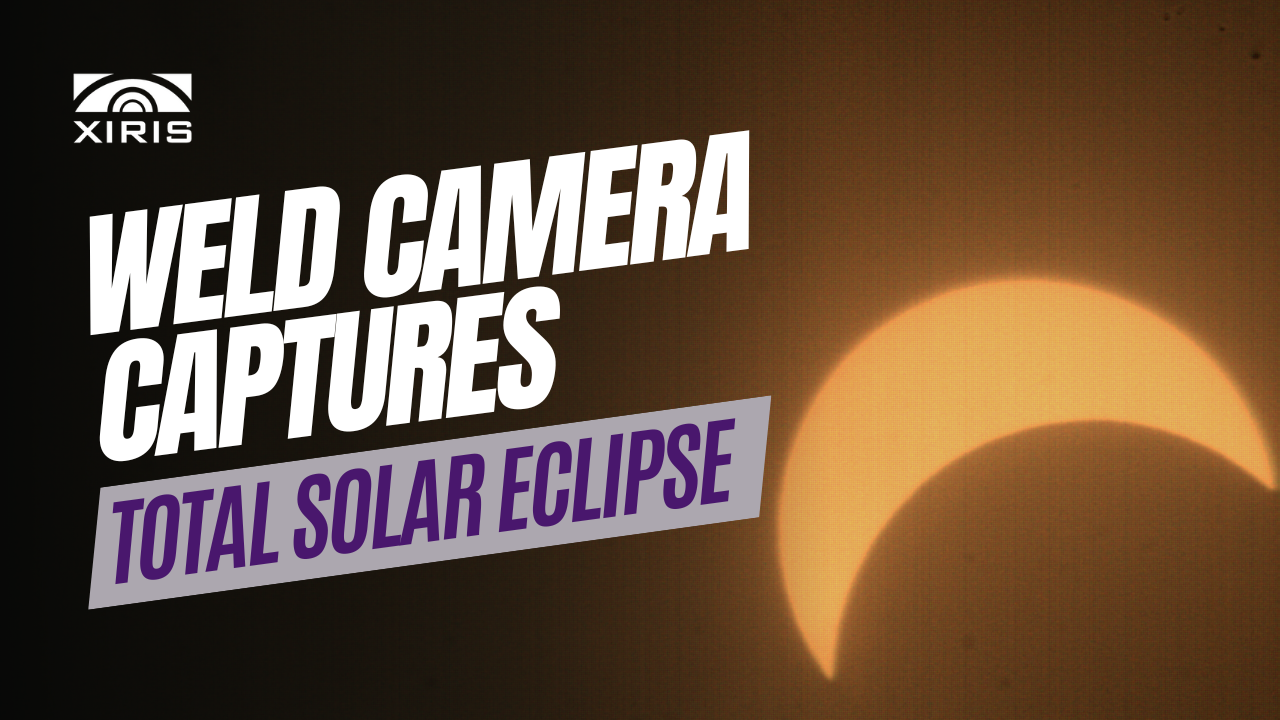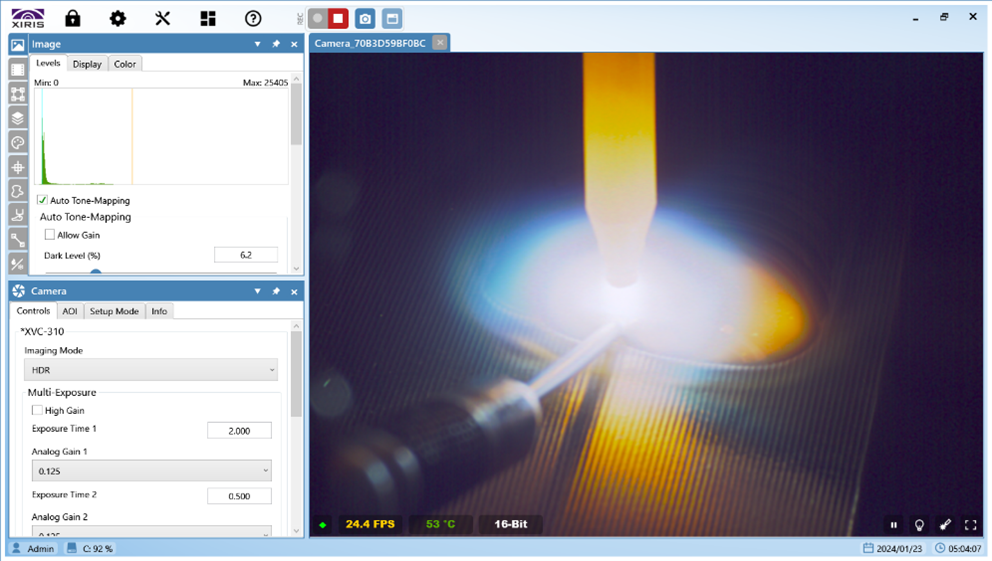Because of the dynamic range present in the area of a weld head between the super-bright region of the arc and the dark background surrounding the arc, it is very difficult for an operator to directly monitor all parameters in a weld process. The weld helmets they wear to protect their eyes from the arc may provide good definition of the arc, but they filter out critical information in the background.
Integrating a Weld Camera into a weld process to allow an operator to view the weld remotely has long been a sought-after solution. But because of the limited dynamic range of standard cameras—which can see a range of brightness of only about 1:000:1—much of the critical information of a weld area is lost, reducing the value of using a camera for the operator.
However, recent improvements in electronics have resulted in a Weld Camera with High Dynamic Range (HDR) imaging that overcomes the traditional limitations of weld monitoring by providing clear detail of the brightest weld tip and its dark surrounding background. A Weld Camera with High Dynamic Range imaging can image a range of brightness that greatly exceeds 1,000,000:1—sufficient for clear images of the entire weld scene. 
Sample Image from a Weld Camera with HDR Imaging
When High Dynamic Range imaging is integrated into an industrially hardened, state-of-the-art camera, operators are able to clearly see details of the anatomy of a weld (shown in the image above), including the following:
- Shape, position, and orientation of the electrode tip relative to the parent material.
- Extent and shape of the shielding gas around the weld arc. A non-symmetric shape indicates a problem with gas flow.
- Shape and size of the weld arc. This indicates if the weld head is close enough and if the arc is functioning correctly.
- Melt and solidification of the weld pool. Proper melt and solidification indicates the weld is occurring free of impurities
- Consistency of the weld bead. If the weld bead is free of undercut and there are no sunken welds, it indicates correct parent material melt and alignment to the weld head.
- Presence of dross or porosity. Impurities indicate metallurgical or gas input problems.
- How well the electrode tip is following the weld seam in the parent material.
Conclusion
To see the entire anatomy of a weld with clear definition, operators need a Weld Camera with High Dynamic Range imaging (e.g., the Xiris XVC-1000) which is capable of simultaneously imaging both brightness extremes in an open-arc weld scene—the incredibly bright region of the arc and the extremely darker background. Without this capability, crucial details that influence weld quality and productivity may not be visible to the operator.
Want more examples of what a weld camera can demonstrate? Visit our video library for amazing weld videos.







